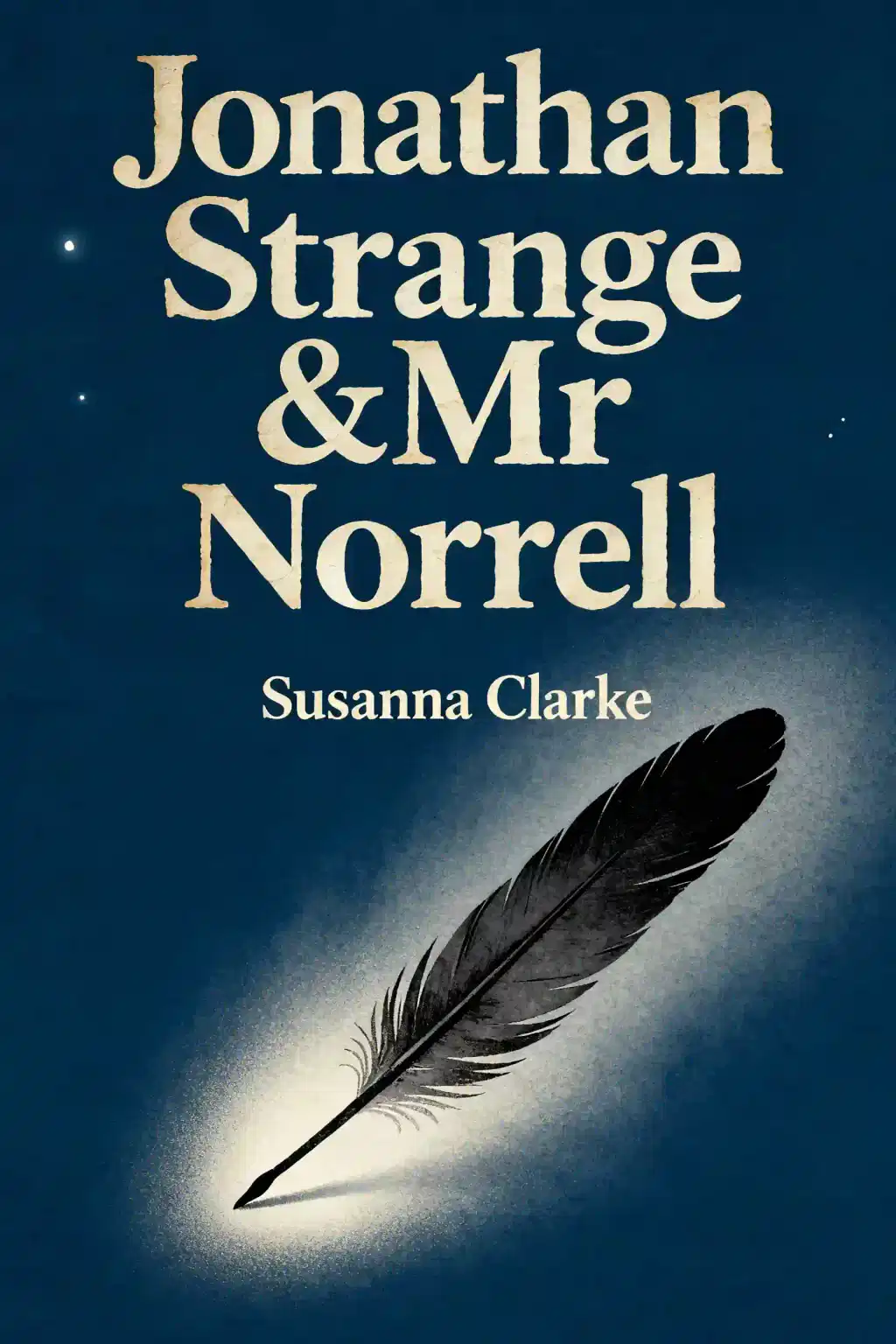What is "And Then One Day" by Naseeruddin Shah about?
And Then One Day chronicles Naseeruddin Shah’s journey from a troubled childhood to becoming one of India’s most revered actors. The memoir candidly explores his struggles at the Film and Television Institute of India, tumultuous relationships, early career setbacks, and collaborations with icons like Shyam Benegal and Om Puri. Shah blends raw honesty with dark humor, offering insights into his artistic evolution and personal growth.
Who should read "And Then One Day"?
This memoir appeals to fans of Indian cinema, aspiring actors, and readers interested in unfiltered autobiographies. It resonates with those seeking candid reflections on resilience, creative passion, and the price of artistic integrity. Shah’s witty, self-deprecating tone also attracts readers who appreciate memoirs balancing vulnerability with sharp observational humor.
Is "And Then One Day" worth reading?
Yes, for its unflinching honesty and vivid storytelling. Shah’s early-life anecdotes and struggles in theater are particularly compelling. However, some critics note the later chapters feel rushed, with less depth on his iconic film roles. Despite this, the memoir’s emotional authenticity and behind-the-scenes glimpses of Bollywood make it a standout read.
How does Naseeruddin Shah describe his early acting career?
Shah portrays his early career as a series of humbling rejections and financial instability. He details grueling auditions, failed projects, and the frustration of being typecast. These experiences highlight his perseverance, culminating in breakthroughs with parallel cinema pioneers like Shyam Benegal, which reshaped his trajectory.
What personal challenges does Naseeruddin Shah reveal?
Shah openly discusses his fraught relationship with his father, a failed first marriage, and battles with self-doubt. He reflects on how these struggles fueled his craft, admitting to moments of professional jealousy and the emotional toll of balancing fame with family life.
How does "And Then One Day" portray Bollywood in the 1970s-80s?
The memoir critiques the industry’s commercialization while celebrating the rise of art-house cinema. Shah contrasts the glamour of mainstream films with the gritty realism of parallel cinema, offering anecdotes about collaborators like Om Puri and Shabana Azmi. His observations reveal systemic challenges actors faced in transitioning between genres.
What are the main criticisms of "And Then One Day"?
Some readers find the memoir uneven, with richly detailed childhood accounts overshadowing later career chapters. Critics note Shah’s reflections on iconic films like Nishant lack depth, and his critiques of contemporaries occasionally come across as dismissive. However, most praise its stylistic flair and emotional resonance.
How does Shah’s writing style enhance the memoir?
Shah’s prose blends dry wit with lyrical introspection, creating a conversational yet poignant tone. His knack for self-mockery—like admitting to youthful arrogance—balances heavier themes. The fragmented, episodic structure mirrors the unpredictability of an actor’s life, keeping the narrative dynamic.
What life lessons emerge from "And Then One Day"?
Key themes include embracing failure as a catalyst for growth, the importance of artistic integrity over fame, and the futility of perfectionism. Shah’s journey underscores resilience—how setbacks at FTII and early career flops ultimately honed his craft and philosophical outlook.
How does "And Then One Day" compare to other Bollywood memoirs?
Unlike sanitized celebrity autobiographies, Shah’s account prioritizes raw authenticity over glamour. It shares parallels with Kabir Bedi’s Stories I Must Tell in its candid tone but stands apart for its focus on the emotional toll of artistic reinvention rather than industry gossip.
What makes "And Then One Day" unique in autobiographical literature?
Shah avoids self-mythologizing, instead dissecting his flaws and missteps with unsparing clarity. The memoir’s focus on the intersection of personal turmoil and creative process offers a rare, insider’s perspective on India’s cinematic evolution, making it both a personal and cultural document.















